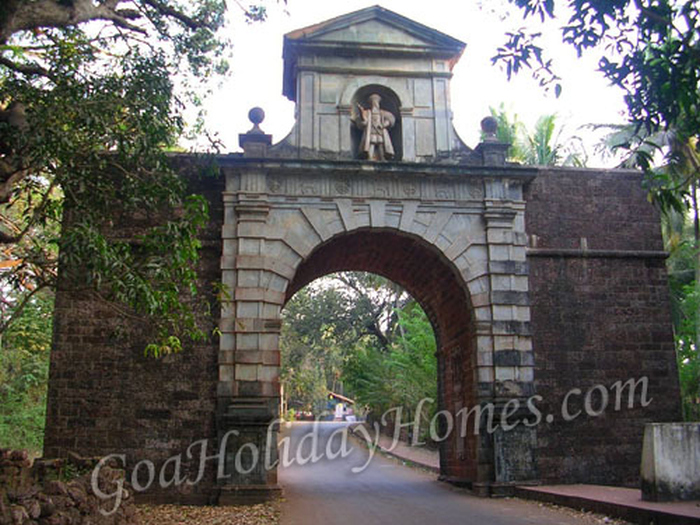Early History of Goa
Indicated by the discovery of rock art, Goa was as far back as 9,000 years inhabited by primitive hunter-gatherers. As per the first mention which is found in Mahabharata the Hindu epic, it was known as Gomantak ('a fertile land' in Sanskrit) in the later Vedic period (1000 BC to 500 BC).
Inhabitants of Goa as Rashtrikas, Peitinikas and Bhojas, is mentioned on an Ashokan rock edict. Konkani, the language spoken by Goans today is believed to be created by the impact of the official language of the Mauryan Empire called Prakrit on the native language.
The Mauryan Empire declined in 232 BC after the death of Ashoka. The Satavahans that controlled a large part of the West Coast and were a major regional power followed the rule in Goa after the Anand Chuttus and Marathas. By the beginning of the Christian era, Goa emerged as a reputed trading port, flourished under the Satavahans and had connections to the Middle East, the Roman Empire and Africa.
Till the turn of the millennium, after the Satavahans, Goa was controlled by a successor of Hindu dynasties. The Bhoja Yadavas established at Paroda the temple of Chandranath as their family deity and ruled from Chandrapur for 350 years.
Till 8th century after the Bhojas, the Chalukyas of Badami ruled and the Shilaharas who ruled for another two centuries replaced them. Finally the Kadambas became the dominant power in 1008 under the King Shastadeva after they defeated the Shilaharas.

